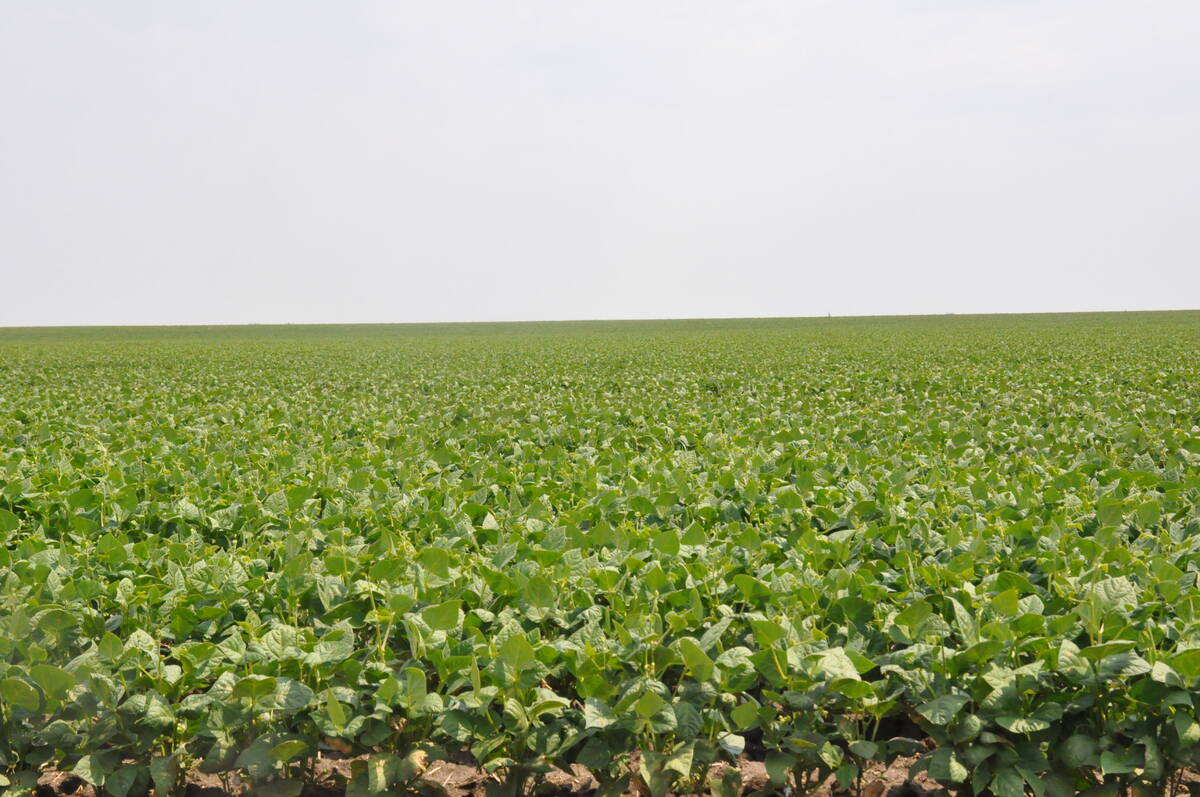Michle Loewen knows little about plants, but lots about proteins.
“I have a very brown thumb,” she said of her gardening skills.
The specialist in biochemistry and crystallography has recently moved
from studying anti-freeze proteins in fish to identifying
stress-resistant proteins in crops. Loewen hopes to discover what
proteins can be used to create better plants.
She is currently producing crystals that will be studied under a
synchrotron, a gigantic microscope that generates light millions of
Read Also

Coloured bean production down, whites are up
Bean prices have been slumping and the outlook is for more of the same.
times brighter than the sun. It uses magnets and radio frequencies to
accelerate electrons to almost the speed of light.
The new $173.5 million machine is Canada’s first synchrotron and is
housed inside a football field-sized building at the University of
Saskatchewan in Saskatoon. It will be operational by January 2004,
which is on track with Loewen’s research schedule.
She plans to study the mechanisms that make proteins work by growing
protein crystals and using molecular biology techniques. The crystals
will then be taken to the synchrotron for a highly detailed picture.
“It’s a 3-D representation of what a protein looks like.”
She hopes to identify the actual atoms that are carrying out the
protein activity.
Of the thousands of proteins in plants, there are a few that have
already been identified that are resistant to stress factors such as
drought and cold.
“We’re interested in learning how these proteins work and how they make
the plants more resistant,” Loewen said.
The next step is to find out if proteins can be changed to make them
even better at their jobs, a process known as protein engineering.
“It’s not short-term,” Loewen said.
“We’re addressing serious problems and there’s no easy answer. If there
were, we would have solved the problem long ago.”
Loewen’s research could take up to three years, and developing a
stress-resistant plant could take a decade. However, she said it would
take much longer without the synchrotron.
“The amount of information you can collect on the light source in two
to three days you could take four to six months to do on conventional
machines.”
She is assisted by students and lab workers, but must spend long hours
filling out applications to compete with other researchers for funding.
“We have to be more of a salesman than a scientist,” Loewen said.
Even though she works at microscopic levels, she keeps in mind the
bigger picture of what her work will accomplish.
She need look no further than out the window of her lab at the National
Research Council’s Plant Biotechnology Institute to see how dry the
prairie is. She said that makes her work in stress-tolerant proteins
all the more important.
In addition to protein work, Loewen is also collaborating with
researchers on the “highly fundable” science of using plants to help
clean contaminated soil. She is also helping others create more
“de-saturated” canola oil and produce natural products like oil from
ginseng.
“Proteins do everything; we can look at a lot of different things by
studying proteins,” she said.
“If we can understand how the protein does its job, we might engineer
it to produce more of a higher quality that can be of use to humans.”














